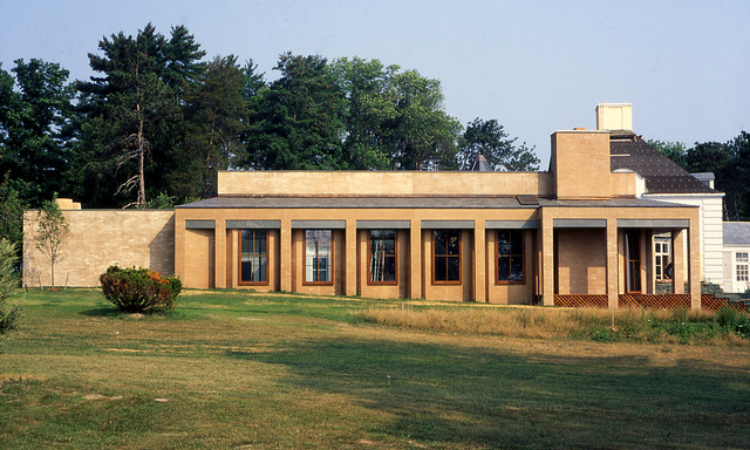Client: David Coleman Architects
Dates of Service: 1993
Various Poolhouses
A wide variety of poolhouse designs are currently available, each possessing distinct advantages and disadvantages. The following are among the most widely favored categories:
The architectural concept of pool dwellings that lack any form of enclosure, rendering them fully exposed to the natural elements, might be considered as embodying a primitive design. The absence of a roof and walls results in a reduced level of insulation. Nevertheless, they are also the most cost-effective alternative.
The poolhouses in question lack a roof but are enclosed by walls on two or more sides, therefore falling under the category of semi-enclosed structures. Hence, closed pool houses yield more energy cost savings compared to their open-air counterparts, but at a higher initial investment.
The most energy-efficient alternative for poolhouses is the enclosed type, characterized by the presence of walls and a roof. The poolhouse option in question is characterized by its high level of luxury, albeit accompanied by a correspondingly high cost.
The indoor pool house is considered the most versatile choice because of its adaptability to accommodate diverse requirements. These items possess utility throughout all seasons and under many climatic conditions. The aforementioned poolhouse option is characterized by its high level of luxury, albeit accompanied by a correspondingly high cost.
Materials
The selection of materials for a poolhouse is contingent upon various aspects, such as financial considerations, the regional environment, and personal inclinations. Several materials are commonly used in various applications.
The use of aesthetically pleasing and traditional wooden elements can imbue your pool house with distinctiveness and allure. The material in question exhibits lower durability compared to alternative materials and necessitates regular maintenance.
Concrete is a very resilient and long-lasting substance that exhibits little upkeep requirements, while also demonstrating notable resistance against various environmental factors. Nonetheless, the process of working with it might pose challenges and incur significant costs.
Fiberglass is a resilient and robust substance that has high-strength properties, enabling it to endure various environmental conditions while maintaining a relatively low mass. However, it is worth noting that this material tends to have a higher cost and a shorter lifespan compared to alternative materials.
Vinyl, as a material, exhibits remarkable resistance to various environmental factors and possesses the advantages of being cost-effective and requiring less upkeep. The substance in question exhibits lower durability compared to alternative materials and may result in a perceived inferior aesthetic.

